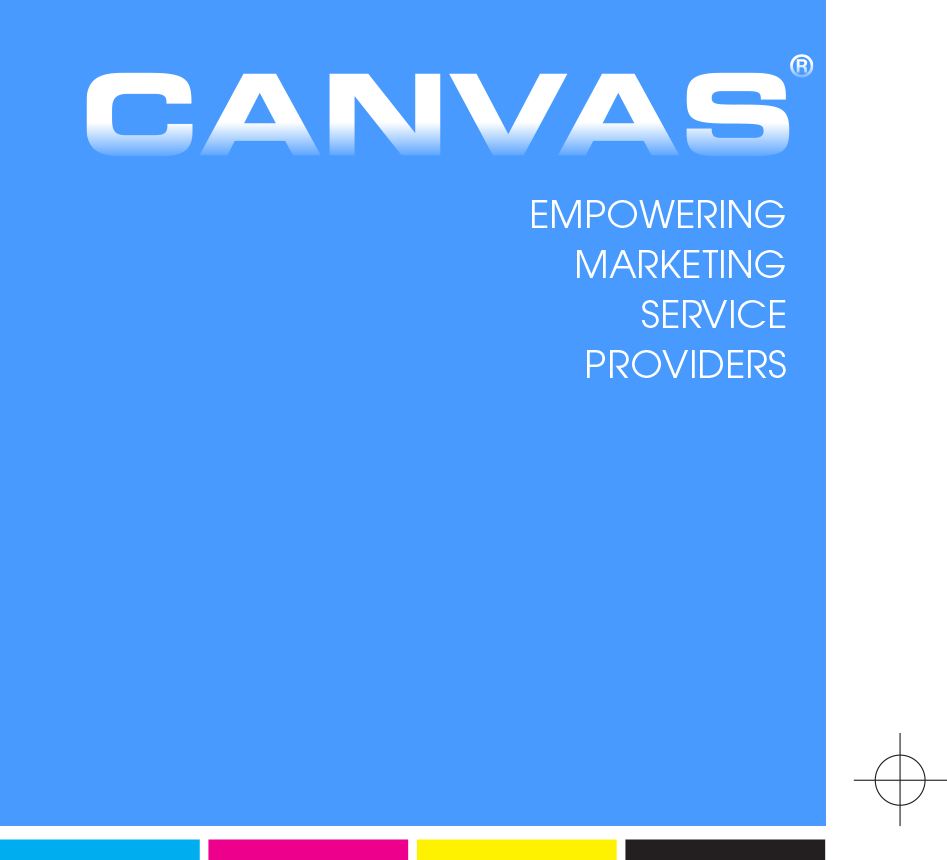Change is inevitable. That much we know. It’s how a company embraces change that determines whether the outcome is transformative or turbulent. While some organizations sprint toward innovation, others tread carefully, too often weighed down by silos and outdated processes. Next are the organizations that strike a balance—adapting with agility while preserving the core strengths that make them competitive.
In “Doing Agile Right: Transformation Without Chaos,” Darrell Rigby, Sarah Elk and Steve Berez challenge the misconception that agility is a one-size-fits-all solution or a quick fix. Instead, they present agile as a tool of balance—a means to foster innovation without unraveling the operational efficiencies businesses depend on.
The print industry, like so many others, is standing at a crossroads where consumer demands for personalization, sustainability and cutting-edge solutions demand swift, strategic shifts. As printers grapple with this evolution, the lesson is that being agile is not just about embracing change; it’s about doing so with purpose, clarity and precision.
As consumer expectations continue to shift, printers like Roy Waterhouse, VP of Sales at Hopkins Printing, understand there is a need to change, but also know that you cannot change just for the sake of change. The path he recommends is to follow what some of the larger technology companies are doing—strategies that dedicate a certain amount of time daily or weekly for people to do creative work that take a deep dive into what their customers will be doing differently in the future.
“This has helped us in the world of influencer packaging because this thinking and these conversations with customers lead us to dedicate a secure room to inventory items,” Waterhouse says. “Some of the influencer inventory items are valuable and our customers are comforted knowing everything is under lock and key.”
“We’re constantly asking our customers what they would like to see us offer and when we have executed on those needs. We learn where their pain is and then we work hard at trying to soothe it.”
Alex Fechner, Director of Business Development, Advertisers Printing
For example, Hopkins Printing currently is seeing a large push into the influencer packaging segment. Many of its customers are doing more social media marketing that includes social media influencers. By closely monitoring the trend and how it fits into their business, the Hopkins’ team is helping scores of their customers with similar programs. “When you do this, you are going to find it challenging, but rewarding due to the detail that goes into each box,” Waterhouse says.
Hopkins’ diligent deep dive into its customers and their wants and needs continues to produce revelations that matter. Take the fact that more of its customers are asking for direct mail tracking so that they can gauge the window of time a mail piece takes to hit a mailbox. “To help with this, we are using IMB tracking and reporting the arrival tracking to our customers,” Waterhouse says of the research he and his team put into the effort. “This often helps them with store staffing and with call center staffing.”
By carefully studying the marketplace, the Hopkins Printing team also is seeing more of a demand for personalization. While most of this demand has been in the form of text, they are seeing more demand for variables outside of just type, including images and themes. “We have always provided this service so we have some depth in the programming and the execution of these projects,” Waterhouse says. “Even though it is increasing, it would still be less than 10% of the direct mail we do.”
Hopkins Printing’s commitment to understanding and responding to its customer needs continues to underscore the value of staying in tune with market trends and consumer behavior. “By leveraging tools like IMB tracking and expanding its capabilities in personalization, we’re not just meeting current demands, but positioning ourselves for future growth,” Waterhouse says.

Finding an angle
Alex Fechner remembers the good old days of personalization. Back then, it was something as simple as embedding someone’s first name into a print piece. But today, the game continues to change. Look around and you will see that nearly every product and experience needs to have a personalization angle on it. Personalized exercise. Vitamins and diets. Colognes and perfume made from a consumer’s personality traits and tastes. Apps and electronics.
Just how crazy is it out there? Fechner, Director of Business Development for Advertisers Printing, continues to see print marketing pieces with an unusual amount of personal information and imagery. This includes everything from purchasing behaviors, items a person left in their abandoned online shopping cart, suggestions with imagery for other purchases based on previous buying behavior, discount codes and promotions based on combinations of purchases made in the past, etc.
“It’s crazy and cool, but also a little scary how much information is out there,” Fechner says. “Personalization does not stop at ink on paper. Now you can personalize print embellishments like foil. Seems like very little is not possible with personalization today. Personalization gets more engagement with print. People hold on to the piece longer and engage with it more. Today it is about what the consumer wants and needs.”
Finding a way to adapt to industry changing trends like this is the key. Fechner recalls reading a McKinsey report that showed personalization increases ROI by 10%-30%, while decreasing customer acquisition costs by 50% and improving revenues by 5%-15%. “These were all good reason to embrace personalization in printing and communication. I think it is here and here to stay, especially with the advent of AI (artificial intelligence).”
“By leveraging tools like IMB tracking and expanding its capabilities in personalization, we’re not just meeting current demands, but positioning ourselves for future growth.”
Roy Waterhouse, VP of Sales, Hopkins Printing
While the world of personalization continues to be a beat today’s printers must stay in step with, sustainability is another that requires continual focus. Advertisers Printing, an early adopter of sustainable print practices, is a certified member of the Sustainable Green Printing Partnership. The printer has 101 solar panels on its roof, eight hybrid fleet vehicles, motion sensor lights and faucets, and LED lights throughout their building, among other initiatives.
“If there is anything in our building that can be done more sustainably, we invest in it,” Fechner says. “Our most recent offset press purchase is one of the most, if not the most, sustainable sheet-fed offset printing presses available on the market. We also invested in one of our Print Strategists to get his Master’s in Sustainability from St. Louis University. When it comes to sustainability, we’re all in.”
While Fechner admits the printer has faced its share of challenges with sustainability, each lesson has made it more mindful of its importance. He says there can be frustration when customers claim sustainability is a core value, yet shy away from making the investment. “Their pocketbook matters more than their claim of being sustainable. My biggest frustration is those who talk the talk, but don’t walk the walk.”
Regardless of the frustrations and challenges, Advertisers Printers remains committed to paying attention to the specific needs of its customers and will continue to help educate them on the ins and outs of each trend. “That has worked well for us the last 100-plus years,” Fechner says. “We’re constantly asking our customers what they would like to see us offer and when we have executed on those needs. We learn where their pain is and then we work hard at trying to soothe it. While many businesses view print as a widget, it is very much custom manufacturing, especially with customers who know and believe print is still one of the best ways to go to market. That’s why we will continue to invest in our team to get the specialized training needed to help our customers thrive.”
The ability to navigate change is what will continue to set successful printers apart in today’s ever-evolving landscape. By embracing innovation and staying attuned to customer needs, they prove that adaptability isn’t just a survival skill, but a path to lasting growth.
